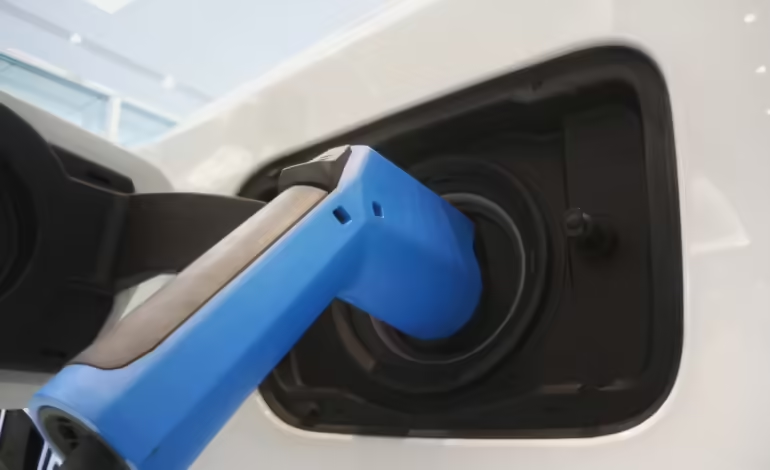The Growing Need for More Hydrogen Refueling Stations in the US

Imagine this: you’re out on the open roads, driving a car that runs on hydrogen. A thrilling concept, right? Hydrogen fuel cell vehicles (FCVs) are no longer just futuristic dreams. These hydrogen-powered vehicles have very much become a reality.
Yet, as more drivers are ready to hop into their hydrogen-powered cars, they face a major roadblock. Where are all the hydrogen refueling stations?
As of 2023, the US had around 59 retail hydrogen refueling stations. It won’t be until 2030 that the country sees over 4,000 such stations. This, however, is a problem, especially if you own or plan on owning a hydrogen car.
More Cars, Fewer Stations
You’ve got this shiny new hydrogen-powered car, but suddenly, it feels like a treasure hunt to find a station. Why is that?
The US still lacks the infrastructure to support this innovative tech. Hydrogen fuel stations are still far too few and far between, making it a bit of a challenge to drive long distances confidently.
Think of it in this way: you can have the best and most battery-efficient smartphone in the world, but no Wi-Fi. Frustrating, right?
Here’s the thing – this isn’t just about convenience. Hydrogen is the superstar of clean energy, producing zero emissions and only water vapor. The lack of stations, hence, isn’t just a small hiccup; it’s a roadblock on the path to a cleaner, greener future.
Hydrogen Storage Challenges
According to H2MOF, safe and efficient hydrogen storage is one of the main challenges facing the adoption of hydrogen. Why is storing hydrogen such a big deal?
Well, it’s sort of like trying to put a cloud in a jar: it’s tricky. Traditional methods of storing hydrogen – such as compression and liquefaction – have their limits, and improved hydrogen storage systems could help make hydrogen stations more widespread and efficient.
Solid-state hydrogen storage, for instance, is one of the newer, cooler kids on the block. It allows us to store hydrogen at low pressure and room temperature, in a compact and safe form. Imagine it as packing a suitcase more efficiently for a long trip. You get to carry more without the bulk.
Innovation and advancements in hydrogen storage and transportation technologies are key and will make hydrogen refueling stations more feasible and less costly.
The Role of Policy and Investment
Of course, all this tech talk doesn’t mean much without the right policies and investments to back it up.
The US government and private sector need to ramp up efforts to fund and build hydrogen fuel stations. Just as electric vehicle (EV) infrastructure got a boost, hydrogen needs the same love. Hydrogen can play a big role in reducing our carbon footprint, but it won’t happen without a push in the right direction.
We’re seeing some momentum, with various states and companies investing in hydrogen fuel stations, but it’s not happening fast enough. More investments in hydrogen storage systems and solutions, including solid-state options, will be crucial to speeding things up.
The Biden administration sees hydrogen energy as a long-term opportunity to decarbonize the heavy-duty transportation sector. Hence, seeing the lack of refueling stations across the country, it is pushing for further development of hydrogen fueling infrastructure across the US.
The Future of Hydrogen Refueling
We’ve covered pretty much all the major points related to hydrogen refueling stations and their future, but where does all this leave us?
The need for more hydrogen refueling stations in the US isn’t just a matter of convenience. It’s essential for the adoption of hydrogen as a major clean energy source. By improving hydrogen storage and transportation solutions and building more stations, we can make hydrogen fuel cell vehicles a more viable option for everyday drivers.
It’s an exciting time for hydrogen technology, and while the road ahead may have a few bumps, the destination is worth it. With the right hydrogen storage systems in place and a broader network of stations, that future isn’t as far off as it seems.
Hence, the next time you think about the future of clean energy, remember: it’s not just about the cars. It’s about making sure they have somewhere to fill up. With hydrogen, the possibilities are as vast as the open road.



